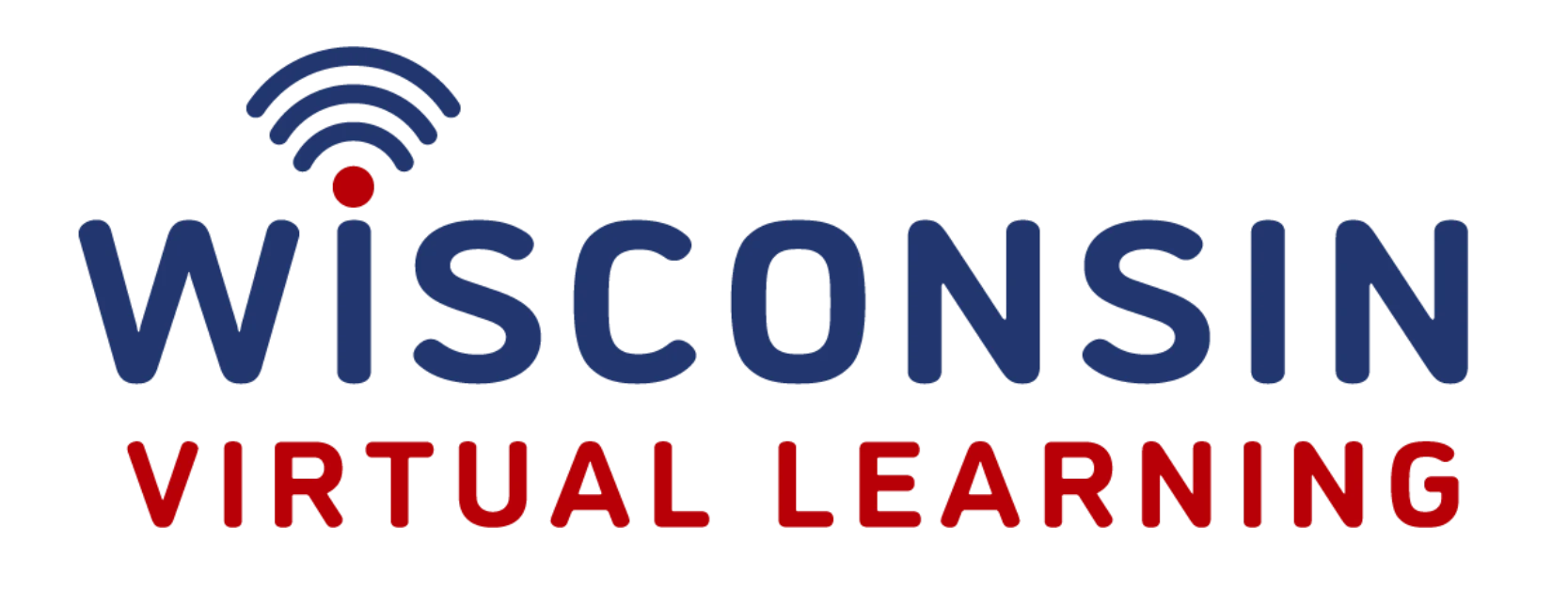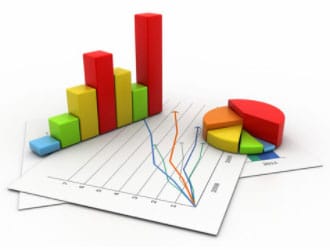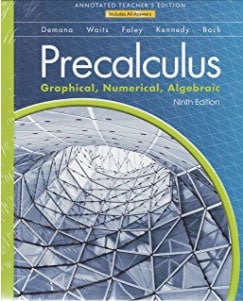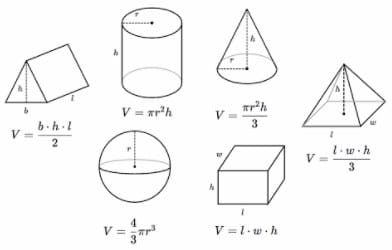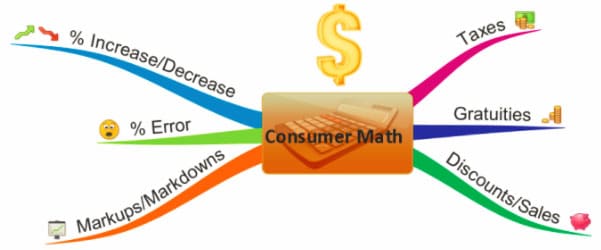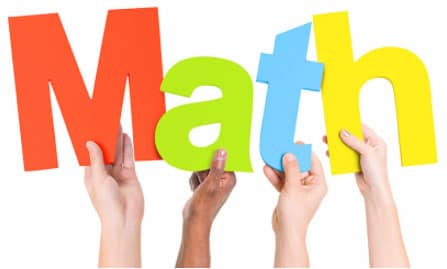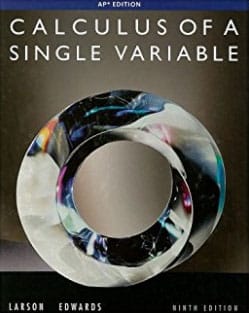Statistics
Course Description: This course prepares students to understand, develop and interpret statistical data, graphs, and studies. The course is offered through ALEKS. ALEKS uses adaptive questioning to quickly and accurately determine exactly what a student knows and doesn’t know in a course. ALEKS then instructs the student on the topics he/she is most ready to […]
